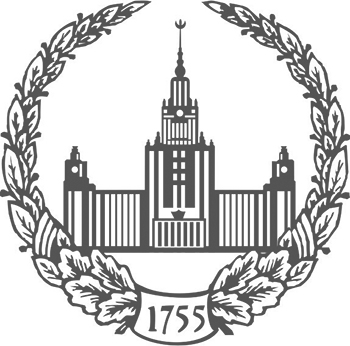ISSN: 2074-8132

ISSN: 2074-8132

Introduction. The article presents the results of a comparative analysis of descriptive traits of indigenous peoples of Kyrgyzstan, Kalmykia, South Siberia and Western Mongolia.
Materials and methods. The data were collected during comprehensive anthropological expeditions in 2013-2017 in the populations of Sart-Kalmaks, Kalmyks, Mongols, Tuvinians, and Altaians. The program included following descriptive characteristics: the shape of legs was noted in the body structure, the pigmentation of skin, hair and eyes, the shape of hair and the development of tertiary hair on the face and chest in men were determined in the racial-diagnostic complex. Standard scales, point characteristics, and the method of generalized photographic portraits were used.
Results. It is shown that all studied groups are close to each other by the totality of descriptive features, while ethnic groups with the greatest Caucasoid admixture in their genesis deviate towards lighter shades of skin, eyes and hair. The occurrence of O-shaped legs, especially in men, correlates with genetic and historical data on the presence or absence of a Caucasoid component. Generalized photographic portraits of each sub-ethnic group confirm the general similarity of anthropological appearance due to the manifestation of a single racial component in all series.
Discussion. In general, according to descriptive features, all studied individuals are bright representatives of different anthropological types of the large mongoloid race and are characterized by darkly pigmented hair and eyes. New information for anthropological differentiation was introduced by the study of the shape of legs, associated with the frequency of occurrence of the O-shape. The application of the method of generalized photographic portraits allowed to make a more complete picture of the appearance of representatives of the studied ethnic groups. © 2025. This work is licensed under a CC BY 4.0 license
